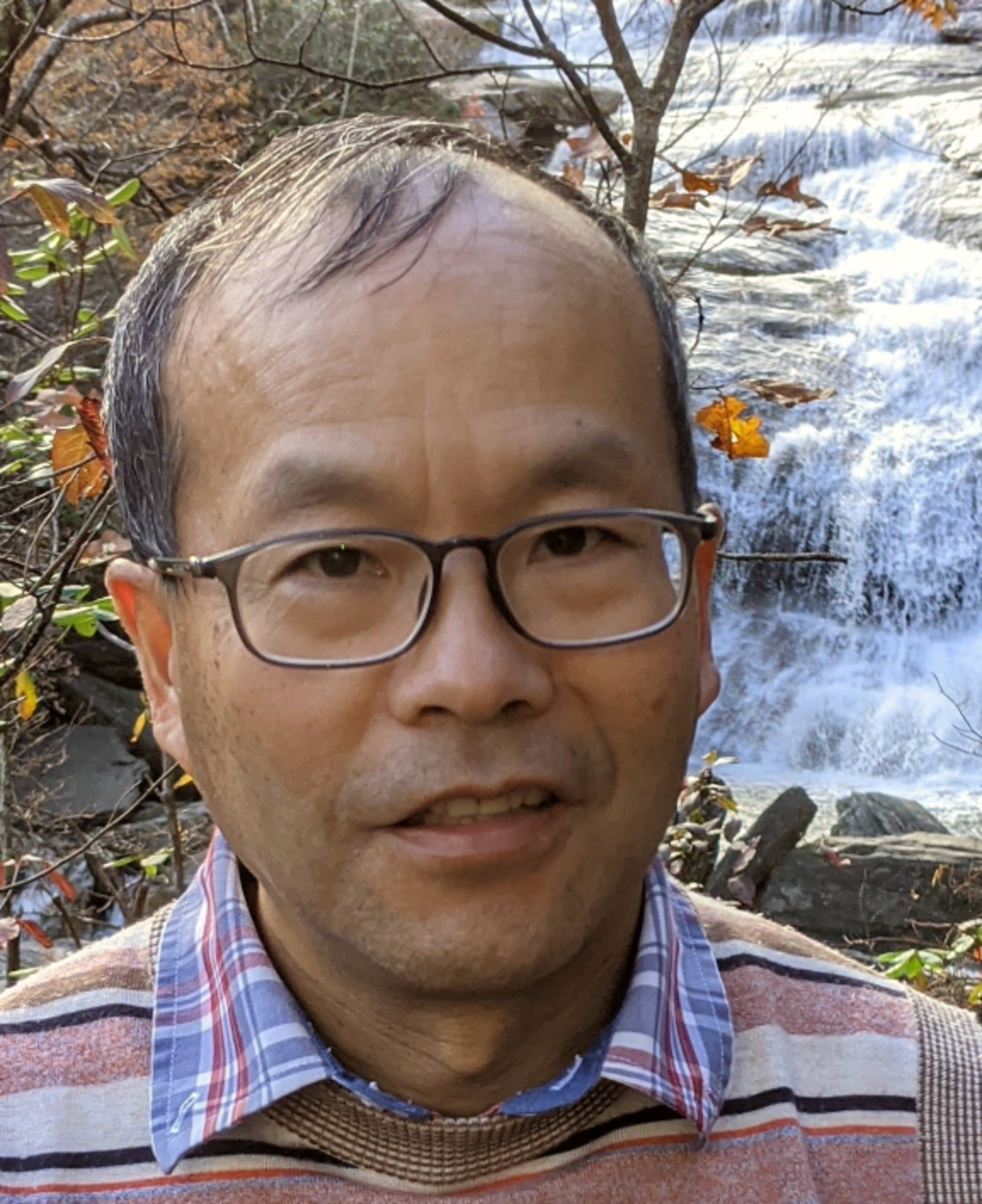
Here at NCEI, we aren’t just data—we are people. In our Humans of NCEI series, meet the awesome minds that manage one of the largest archives of atmospheric, coastal, geophysical, and oceanic research in the world. Get to know Boyin Huang, an oceanographer who specializes in sea surface temperature reconstruction.
What is your job title?
My official job title is Physical Scientist, but oceanographer may make more sense.
What is your specific area of expertise?
My expertise is in oceanography in sea surface temperature reconstruction.
What was your first job? How did it prepare you for your current position?
My first job was as a meteorologist. As a meteorologist, I learned basic earth sciences, general circulation models, and computer sciences, which eventually enabled me to be an oceanographer.

How did you end up at NCEI?
I was working in NOAA’s Climate Prediction Center (CPC) as an oceanographer when a federal position for the Extended Reconstructed Sea Surface Temperature (ERSST) became available at NCEI in 2011. The position attracted my attention because of the importance of sea surface temperature data products in many oceanographic applications.
What does a usual workday look like for you?
I spend most of my time monitoring daily and monthly productions of NOAA’s Optimum Interpolation Sea Surface Temperature (OISST), Extended Reconstructed Sea Surface Temperature (ERSST) and NOAA GlobalTemperature. I also answer questions from NCEI users, participate in collaboration meetings within and outside of our section, do programming for sea surface temperature (SST) data development, write SST-related research papers, search and read SST-related publications, and review papers for different journals.
What question are you asked most often when someone finds out what you do? How do you respond?
The question most often asked is how do you work in oceanography in the mountain regions in Asheville, NC. My response is that a modern oceanographer does not necessarily have to be a seagoer. We can get ocean observations from all over the world to Asheville through the internet and process the observed data into user-friendly data products. The users can then access the data via the internet.
What sort of training and education would one need for your job?
My job needs training and education in meteorology, oceanography, and computer sciences.
What inspired you to pursue a career in your field?
I was wondering if we can forecast weather accurately when I was young and experienced weather damage to crops and impacts of weather in our daily life.
What projects are you working on now? Are there any upcoming projects that you are excited about?
I am currently working on a project about marine heatwaves using the Optimum Interpolation Sea Surface Temperature (OISST). The marine heatwaves are referred to as extreme ocean events of high sea surface temperatures with extended time periods, which can greatly impact the marine ecosystem. I am excited about an upcoming project using an interpolation method of artificial neural network (ANN), which can potentially improve the accuracy of spatial interpolation used in Extended Reconstructed Sea Surface Temperature (ERSST) and NOAA GlobalTemperature.
What is your favorite aspect of your job?
The favorite part of my job is that many users rely on our data products, and we are able to provide accurate and on-time data products.
Who are you outside of your career?
I love fishing and hiking. I also love movies and opera.
Is there anything else you would like people to know about you?
I read news articles and view NOAA weather forecasts everyday.
Last book you read?
Machine Learning by Tom M. Mitchell



